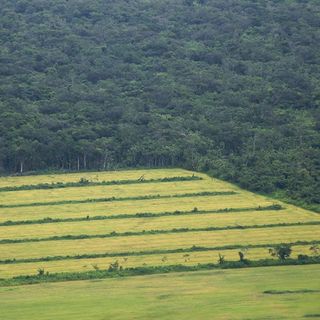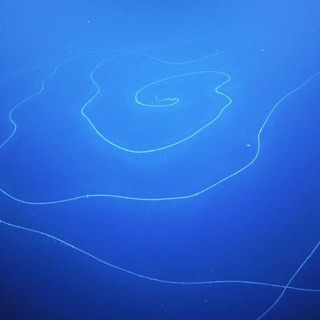Scientists are using a cloud brightening prototype on the cloud cover above the Great Barrier Reef in Australia, in order to prevent coral reef bleaching caused by global warming.
Coral reef bleaching is a direct result of rising ocean temperatures. When heat around the reef increases, the reef expels the algae — known as zooxanthellae — that lends it color. If the temperature does not reduce soon, the coral cannot accept the algae back into its usual symbiotic relationship, causing the coral to die.
The Great Barrier Reef experienced a mass bleaching effect for the third time in 2020, and the United Nations Intergovernmental Panel on Climate Change believe that 70-90% of the world’s coral reefs will die as temperatures rise by 1.5C. The loss of coral reefs will be devastating to human beings, as coral reefs act as a buffer against incoming storms and surging waves; they also serve as one of the pivotal attractions in a massive underwater tourism economy.
However, scientists are attempting to cool down regions around the world’s largest coral reef via a device that uses high-pressure turbines to spray trillions of extremely small ocean salt crystals into the air. Scientists theorize that these salt crystals will mix with low-altitude clouds, making them brighter. This helps, because brighter clouds reflect away excess sunlight and heat from the ocean’s surface, thereby keeping ocean temperatures regulated.
Related on The Swaddle:
Warming Waters Leave Great Barrier Reef on Verge of Mass Coral Death
“Nature does most of the work for you,” Daniel Harrison, lead researcher on the project, told The Guardian, adding, “This makes a nano-sized salt crystal at hundreds of trillions per second. They get into a cloud and grow a cloud droplet that reflects a lot more sunlight.”
The cloud brightening approach is one of 43 different concepts that are receiving funding from a $150m Australian Government research and development program. Harrison believes the technology has promise because its a relatively cheap, easy way to aid a natural process.
The technology also received a nod from Australia’s indigenous population. Usop Drahm, a traditional owner of land in Australia’s Mandubarra region and a member of the expedition that launched the prototype said, “We welcome scientific research where Indigenous people and the rest of Australia work together to maintain the reef ecosystem for future generations…This technology might help prevent bleaching and we like that it uses no chemicals and relies on natural processes.”




